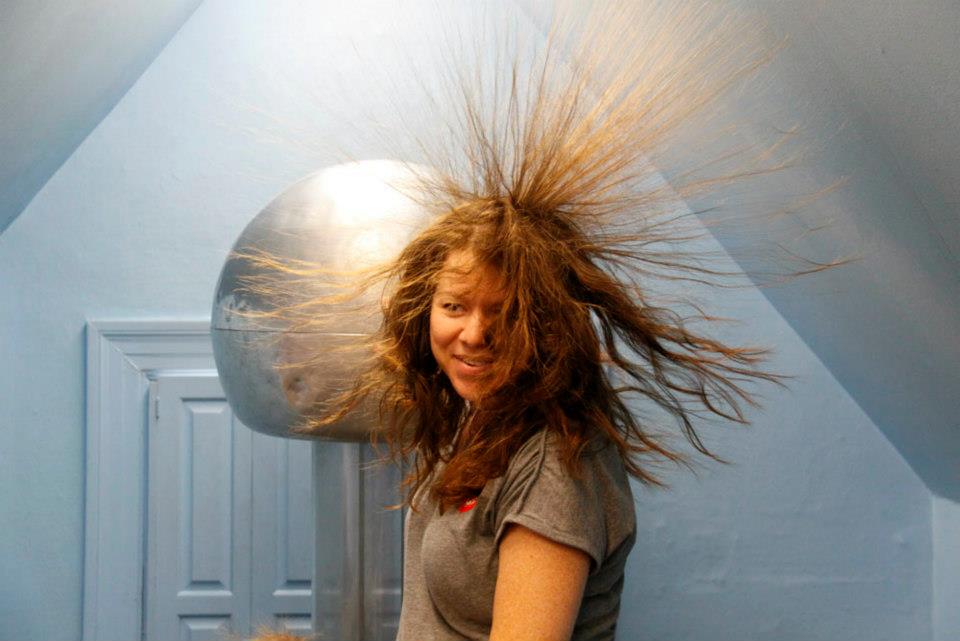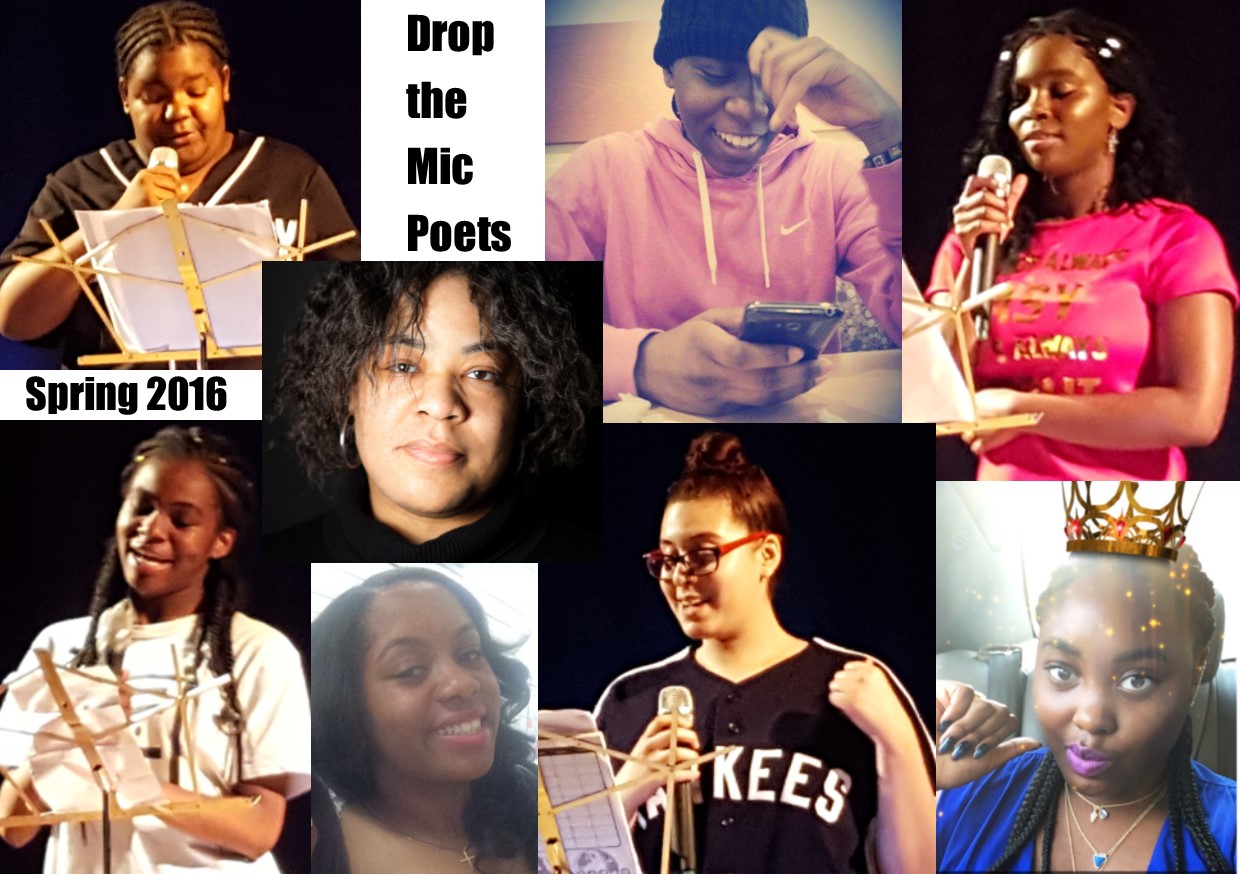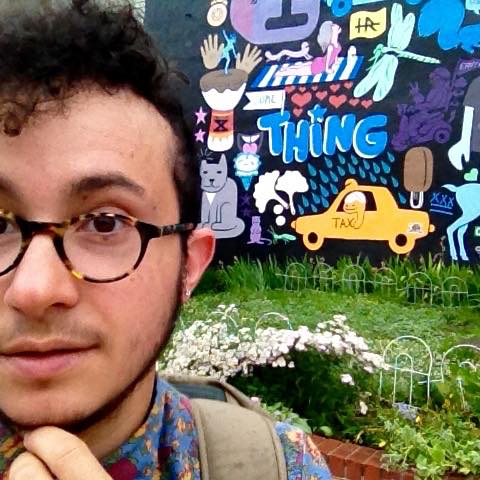LibroMobile Puts the Focus on Literacy and Community
Sarah Rafael García is the current artist-in-residence at the Grand Central Art Center in Santa Ana, California. As part of her residency, García is creating the LibroMobile, a bookmobile that integrates literature, visual exhibits, year-round creative workshops, and live readings. In addition, García is the author of Las Niñas: A Collection of Childhood Memories (Floricanto Press, 2008), coeditor of the anthology pariahs, writing from outside the margins, founder of the reading and writing youth empowerment program Barrio Writers, and a 2016 Macondista. Below, she blogs about the mission of LibroMobile, as well as recent and upcoming P&W–supported events.
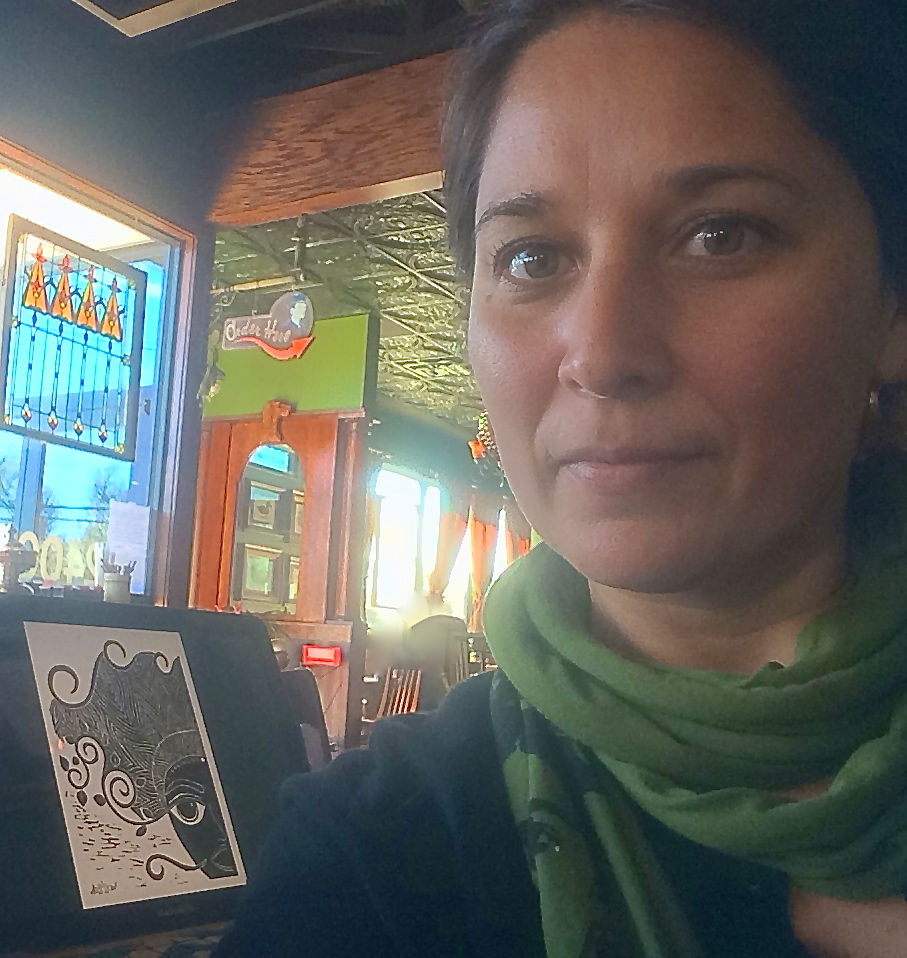 LibroMobile, a project of Red Salmon Arts in Santa Ana, California, is a bookmobile designed to cultivate diversity by offering affordable books by writers of color; bilingual and Spanish books for children, youth, and adults; as well as books that speak to culture and social justice issues relevant to the local community. LibroMobile also includes a community board to post local resources and a traveling Little Free Library—a book exchange for those who cannot afford to buy a book off the bookmobile.
LibroMobile, a project of Red Salmon Arts in Santa Ana, California, is a bookmobile designed to cultivate diversity by offering affordable books by writers of color; bilingual and Spanish books for children, youth, and adults; as well as books that speak to culture and social justice issues relevant to the local community. LibroMobile also includes a community board to post local resources and a traveling Little Free Library—a book exchange for those who cannot afford to buy a book off the bookmobile.
The design of the LibroMobile is reminiscent of the iconic paletero carts or fruit vendors that are part of Downtown Santa Ana. LibroMobile’s literary events and creative writing workshops provide Santa Ana residents of all ages opportunities to meet award-winning writers of color, and to write, revise, and submit their own work for possible publication.
This past month, with the help of Poets & Writers’ Readings & Workshops program, LibroMobile launched its inaugural exhibit and literary event, Macondistas en SanTana, featuring Macondo Writers’ Workshop attendees (known as Macondistas) Reyna Grande and Emmy Pérez. Pérez led a free workshop for participants sixteen years old and older and was later joined by Grande, where both performed alongside the AntenaMóvil, a literary project whose designers helped in the conceptualization of the LibroMobile.
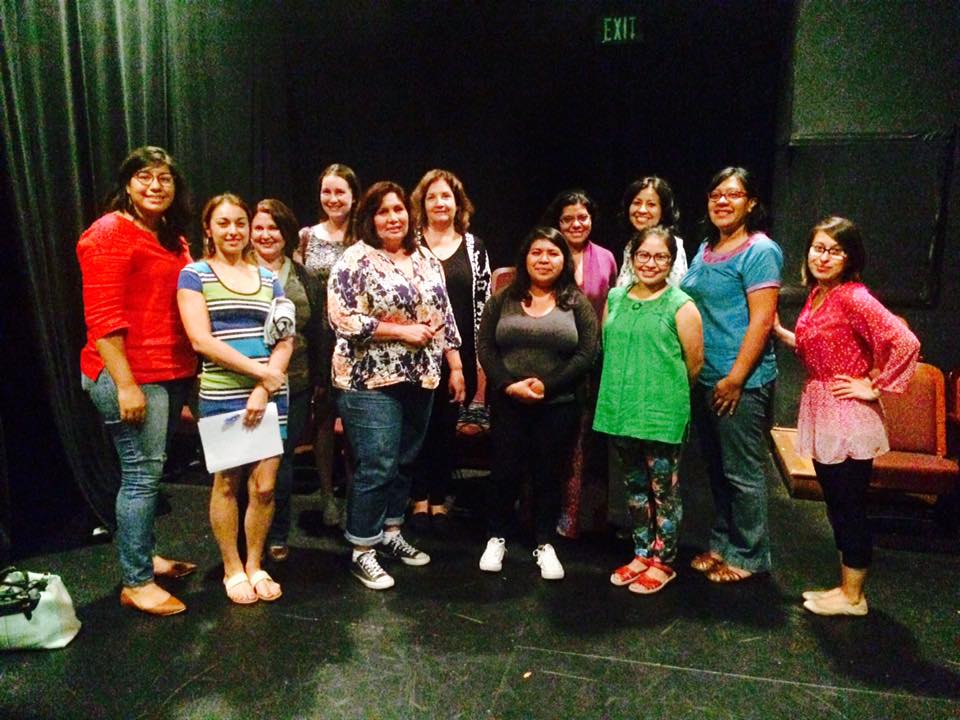 The LibroMobile resides at Grand Central Art Center (GCAC) and travels throughout Santa Ana visiting a variety of communities, including Alta Baja Market at Calle Cuatro and the monthly Artwalk in the Artist’s Village, doing its work to build community and promote literacy. Upcoming events include: A Bilingual Children’s Reading Hour with authors René Colato Laínez and Amy Costales on September 24, and Poetry of Resistance: A Tribute to Francisco X. Alarcón, a free P&W–supported workshop and reading with Javier Pinzón and Odilia Galván Rodríguez on October 27.
The LibroMobile resides at Grand Central Art Center (GCAC) and travels throughout Santa Ana visiting a variety of communities, including Alta Baja Market at Calle Cuatro and the monthly Artwalk in the Artist’s Village, doing its work to build community and promote literacy. Upcoming events include: A Bilingual Children’s Reading Hour with authors René Colato Laínez and Amy Costales on September 24, and Poetry of Resistance: A Tribute to Francisco X. Alarcón, a free P&W–supported workshop and reading with Javier Pinzón and Odilia Galván Rodríguez on October 27.
LibroMobile is indebted to Poets & Writers, Red Salmon Arts, the GCAC, and the City of Santa Ana’s Investing in the Artist Grant Opportunity for empowering this project to provide diverse books and host marginalized literary voices that can effectively support, inspire, and challenge our Santa Ana residents to read, write, and build community.
For more information about LibroMobile and upcoming events, visit the Facebook page and website.
Photo 1: Sarah Rafael Garcia. Photo 2: Workshop participants.
Major support for Readings & Workshops in California is provided by the James Irvine Foundation and the Hearst Foundations. Additional support comes from the Friends of Poets & Writers.





